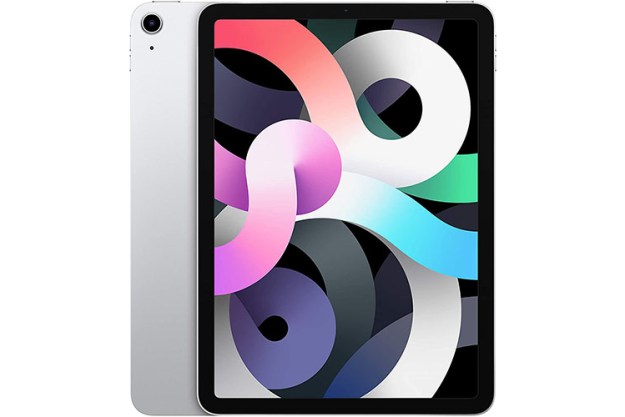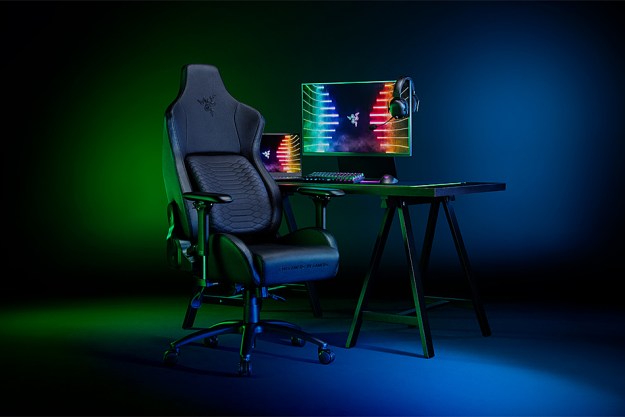That said, the aluminum compartment houses all the “ugly” hardware such as the power supply, the cables, and the hard drives. The tempered glass portion allows the system builder to showcase all the “flashy” components like the motherboard, the graphics card, and LED lighting. The two compartments are divided by a narrow “band” that provides the power button and inputs.
On the aluminum side, Lian Li has crammed in a modular hard drive rack that supports six 3.5-inch drives and two 2.5-inch drives. This rack has two built-in 120mm exhaust fans, while three additional 120mm intake fans are mounted in the panel dividing the chassis in half. The warm air seems to be pushed out through vents found in the back and at the top of the chassis while the cool air is pulled in from vents mounted on its belly.
Despite all the fans, system builders can choose to install a water cooling system if needed by ripping out the three intake fans and replacing them with a 120 x 360 millimeter radiator and another one at the top panel in the glass compartment. Builders could even hide one of the radiators in the aluminum side and pass the all-in-one tubes through rubberized holes in the chassis divider. Lian Li indicates that there’s plenty of room in the aluminum compartment for liquid cooling.
The specs show that this new two-faced chassis measures 354mm wide by 482mm high by 465mm deep, and supports ATX and Micro-ATX motherboards. The maximum VGA card length is 420mm (290mm with a radiator installed), the power supply length is 290mm, and the CPU cooler height in 160mm. The case provides four USB 3.0 ports, HD audio jacks, and the power button on the top dividing strip.
On the back of the aluminum side is the vent for the two exhaust fans on the drive cage, and the power supply cutout. The tempered glass side (which is actually aluminum on the back) plays host to the motherboard cutout, an intake vent, and eight expansion slots. An LED RGB controller is mounted on the back, as well in the strip dividing the two compartments.
Additional features of this new two-faced chassis include air filters installed in the top, bottom, and on the side of the case; aluminum stands to pull it off the desktop surface; and a complete LED RGB color-changing kit that consists of a waterproof LED strip, cord clip, dimmer, and the previously-mentioned controller. The Lian Li logo is actually LED-lit and glows in between the two compartments, adding to the overall awesome appearance of this new chassis.
Lian Li’s PC-O9 case will be made available in mid-June for £349.99, or just over $500 in the U.S. The case will be offered in two flavors: black with red highlights (PC-O9WRX) and all black (PC-O9WX).


